 Oil Trough Cotton Gin
Oil Trough Cotton Gin
Time Period: Early Twentieth Century (1901 - 1940)
 Oil Trough Cotton Gin
Oil Trough Cotton Gin
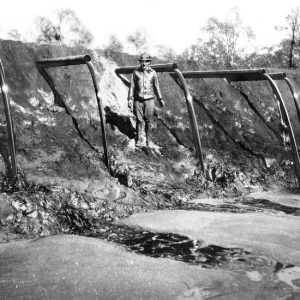 Oil Well Flow
Oil Well Flow
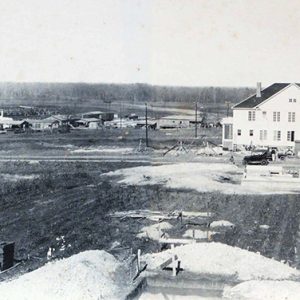 Okay Construction
Okay Construction
 Okay Cement Plant Workers
Okay Cement Plant Workers
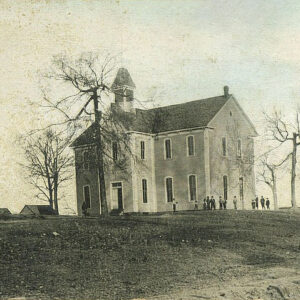 Okolona Male and Female Institute
Okolona Male and Female Institute
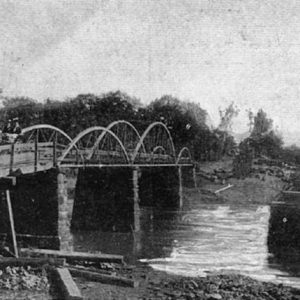 Ola Bridge
Ola Bridge
 Old Arkansas 51
Old Arkansas 51
Old Arkansas 51, Curtis to Gum Springs
Old Bank of Amity
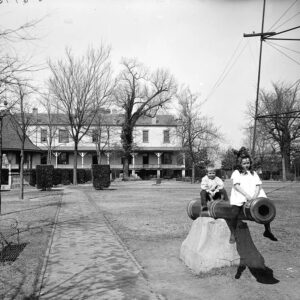 Old Barracks
Old Barracks
Old Benton-Sardis Road Bridge
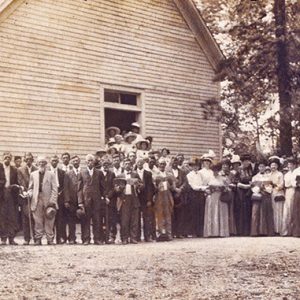 Old Folks' Singing
Old Folks' Singing
Old Hempstead County Courthouse
Old Highway 16 Bridge
 Old Highway 16 Bridge Construction
Old Highway 16 Bridge Construction
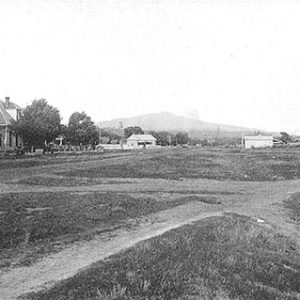 Old Magazine, with View of Mount Magazine
Old Magazine, with View of Mount Magazine
 Old Man with Pipe
Old Man with Pipe
 Old Mike
Old Mike
Old Mike
Old Mill
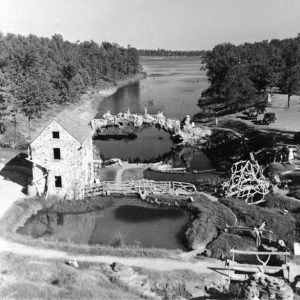 Old Mill
Old Mill
 Old Philadelphia Mine
Old Philadelphia Mine
Old Scott County Courthouse
Old Scott County Jail
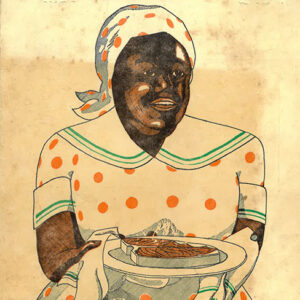 Old South Restaurant Menu
Old South Restaurant Menu
Old Springdale High School
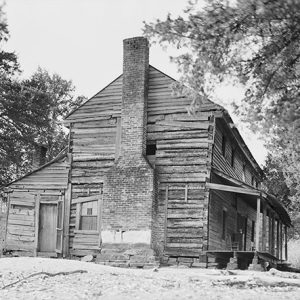 Old Stagecoach Inn
Old Stagecoach Inn
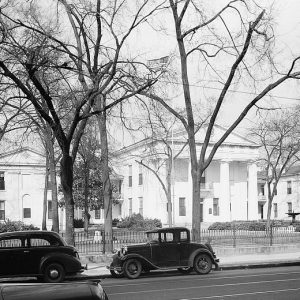 Old State House
Old State House
 Old State House Etching
Old State House Etching
Old U.S. 79 Kingsland Segment
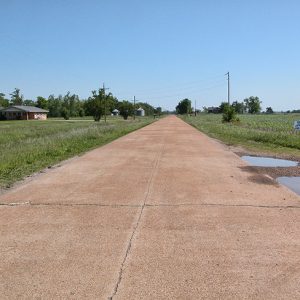 Old U.S. Highway 67
Old U.S. Highway 67
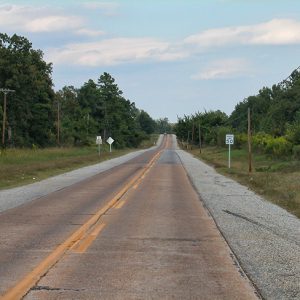 Old U.S. Highway 67
Old U.S. Highway 67
Old U.S. Highway 67
Old U.S. Highway 71
Old Union School
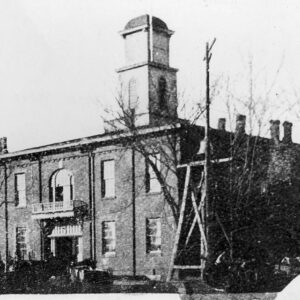 Old Washington County Courthouse
Old Washington County Courthouse
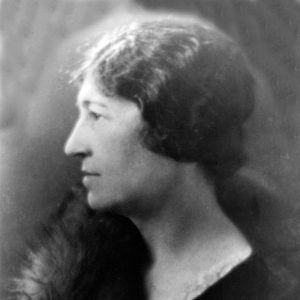 Pearl Oldfield
Pearl Oldfield
Oldfield, Pearl
aka: Fannie Pearl Peden Oldfield
 William A. Oldfield
William A. Oldfield
Oldfield, William Allan
On a Slow Train Through Arkansaw
One-Drop Rule
aka: Act 320 of 1911
aka: House Bill 79 of 1911
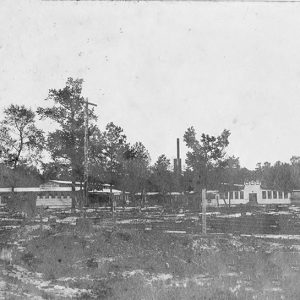 Ong Chair Company
Ong Chair Company
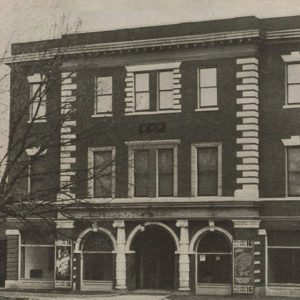 Opera House
Opera House
 Opera House
Opera House
 Operators Strike Article
Operators Strike Article
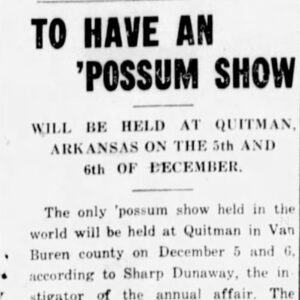 Possum Show Article
Possum Show Article
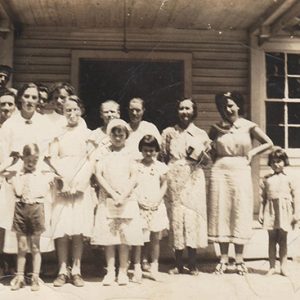 Optimus School Students
Optimus School Students
 Ordnance Plant Employee Manual
Ordnance Plant Employee Manual
 Ordnance Plant I.D. Badge
Ordnance Plant I.D. Badge




